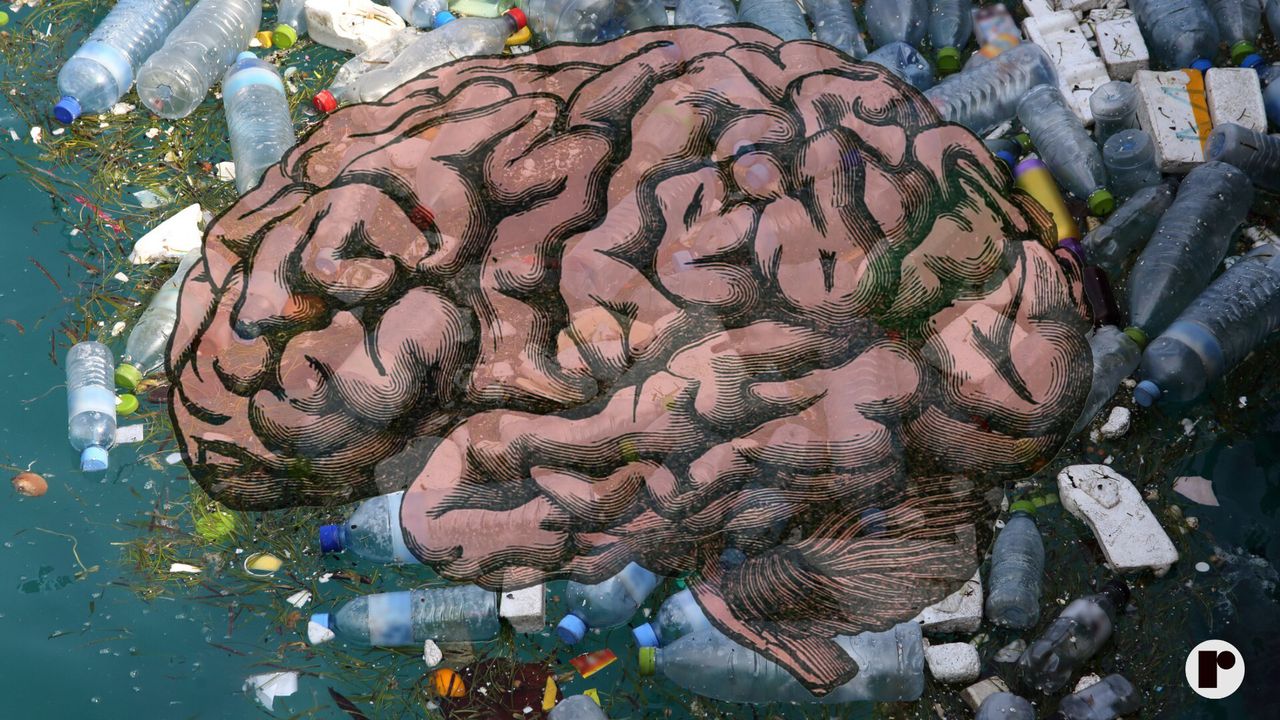From our oceans to our brains: The devastating effects of plastic pollution
By now, you probably know that plastics are absolutely everywhere. They are in furniture, clothes, cars, ships, drink cans, sunscreen and even chewing gum. And that’s just the tip of the garbage patch.
Over time, plastics break down into tiny particles that can then enter our bloodstream through drinking water, food, using personal products and even just breathing. And it’s no surprise. About 300 million tons of plastic are produced annually, including five trillion plastic bags and 583 billion plastic bottles.
That’s about 650 plastic bags per person on the planet every year, each taking about 1000 years to disintegrate. So go ahead and buy yourself a Reckon tote bag if you care about the environment and your brain.
That’s right, your brain.
A new study on mice has shown that plastic in its smallest form can cross the brain-blood barrier.
The study by the Medical University of Vienna, Austria, found that the brains of mice were found to contain micro- and nano-plastics (MNPs) just two hours after they ingested them. The brain-blood barrier prevents pathogens and toxins from reaching the brain.
And once the plastic is in the brain, it can cause all kinds of other problems.
“In the brain, plastic particles could increase the risk of inflammation, neurological disorders, or even neurodegenerative diseases such as Alzheimer’s or Parkinson’s,” said Lukas Kenner, one of the lead researchers of the study, in a statement.
Nanoplastics are typically defined as being less than 0.001 millimeters, about 120 times smaller than the width of a human hair. They are usually made from crude oil (petroleum) and natural gas.
Microplastic contamination may also lead to short-term cognitive impairment and neurotoxicity, among other brain-related issues, according to researchers.
In recent years, plastic has been found inbreast milk and placenta. And also throughout the animal kingdom, including in the guts of a tiny creature living in Antarctica’s soil.
So how do you avoid plastic?
“To minimize the potential harm of micro- and nano-plastic particles to humans and the environment, it is crucial to limit exposure and restrict their use while further research is carried out into the effects of MNPs,” Kenner explained.
